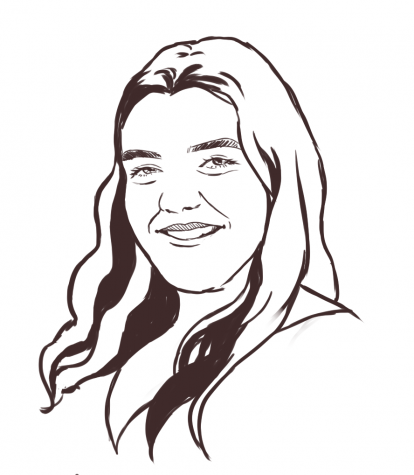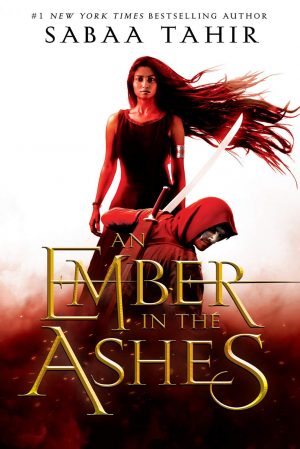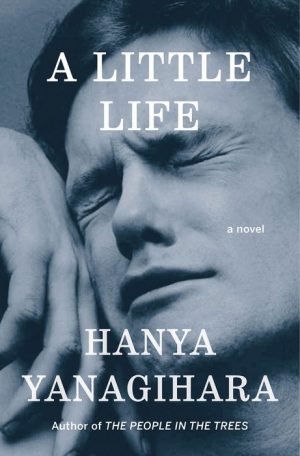The End of Silence: When seventeen lives ended, a movement for change began
On February 14, 2018, 17 students and staff members were killed during a shooting at the Marjory Stoneman Douglas high school. Briel Hay, current Stetson junior, and Majory Stoneman Douglas class of 2015 alum, shares her thoughts on the #NeverAgain movement
May 2, 2018
February 14, 2018. 2:21pm. The school day is coming to an end. The students of Marjory Stoneman Douglas High School move about as they always have. Seven minutes pass. It’s 2:28pm. Fourteen students and three staff members are now dead. Seventeen others are injured. The town of Parkland, Florida was forever changed.
Within the following weeks, a coalition of MSD students had formed the #NeverAgain movement. Marches, social media blasts, and interrogation of political leaders about gun reform took off. On April 2nd, Emma Gonzalez, David Hogg, Cameron Kasky, Alex Wind, and Jaclyn Corin were on the cover of Time Magazine. The grief and anger over gun violence that stemmed from these five South Florida teens went global. They were the voices of a passionate new movement toward change.
Even with these five at the forefront, the manifestations of that drive could be felt close to Stetson. Briel Hay, a current junior at here Stetson, graduated from MSD in 2015. Jack Hay, her younger brother, was present on the day of the shooting. They both knew Meadow Pollack, a senior at MSD, whose life was taken. Jack knew two of the other victims as well.
“Jack wrote a song after it. He saw all the politics and everything going on. He wanted people to see that instead of taking sides, we need to come together and solve this,” said Briel Hay, of her brother. The proceeds from Jack’s song, titled “Make A Change,” go to the witnesses suffering from PTSD. He performed the song at the March For Our Lives protest in Parkland to an estimated 20,000 attendees. Jack’s music is a part of this new beginning: time for students to speak up and demand change. Hay and I discussed a few different aspects of the recent movement and how she sees this change going forward.
“I think it’s awesome to a point,” said Hay of the student attendance and support of the movement. “But I think some of these kids are just doing it for the fame and for the likes and for the attention. The meaning is lost behind the movement. I mean, what they’re doing is awesome and I wouldn’t even have the courage, but a few [of them] aren’t going to college anymore and I think that’s a bit too much.” Hay also commented on the growing trend of walking out of school in protest. “I’m indifferent. I understand the purpose, but I don’t think it’s gonna do anything. It’s not as effective as these kids are trying to make it be. But I really don’t understand the ‘don’t walk out walk up’ thing.”
Hay refereed to the idea that students need to “walk up” to ostracized students and that this communication can help prevent mass shootings. The concept is that, if students are not bullied, then they will not act out violently. Hay grew up alongside the shooter, Nikolas Cruz. She commented passionately in disagreement of the walk up idea in this case.
“Everyone knew what he was capable of. I knew him. He worked at our dollar store. He was so strange. He was a sixth grader when I was an eighth grader. He would talk about killing animals and no one wants to hear that. It’s just weird. Everyone did say that they knew he would shoot up a school, but you never really think ‘oh he’s actually gonna do it.’”
When asked if interacting with Cruz could have changed things, Hay’s voice became frustrated.
“It wasn’t like we weren’t nice to him. We were never mean. We just avoided him. He had a girlfriend at one time. He would beat her and abuse her mentally and physically. He had someone to be there for him and still abused her. There was something messed up with him from the jump. I got bullied. A lot of f-ing people get bullied. But I don’t wanna shoot up a school. It is human nature to gossip and talk on people, but bullying doesn’t correlate to school shootings. I mean, how many kids get bullied? A shitload. But they’re not all killing people. He was adopted. He came from a rough family. His mom just died. But there have been plenty of people who have had that happen and they don’t shoot up a school. I don’t see the correlation.”
Hay did, however, passionately agree with the effectiveness of the marches and the need for a semi-automatic rifle ban. Toward the movement, Hay viewed it with mixed effects. People are talking and actively trying to make change, but the heated political divisions are standing in the way of unification.
Ultimately, this movement is the beginning of a conversation- a tough, political, emotionally charged, and extremely necessary conversation. The ending of those seventeen precious lives has sparked something new. There is a sense of hope, a willingness to push back complacency. The hard questions are being asked. Gun laws are changing. People on six continents are marching to end this violence. This movement began with a goal of stricter background checks for gun buyers, but has become something far more. Parkland is a symbol for the call to end gun violence. The belief that Parkland could be the last school shooting is actually supported. Cynicism no longer rules. It is a new movement, a new beginning that blossomed out of a tragic ending.







